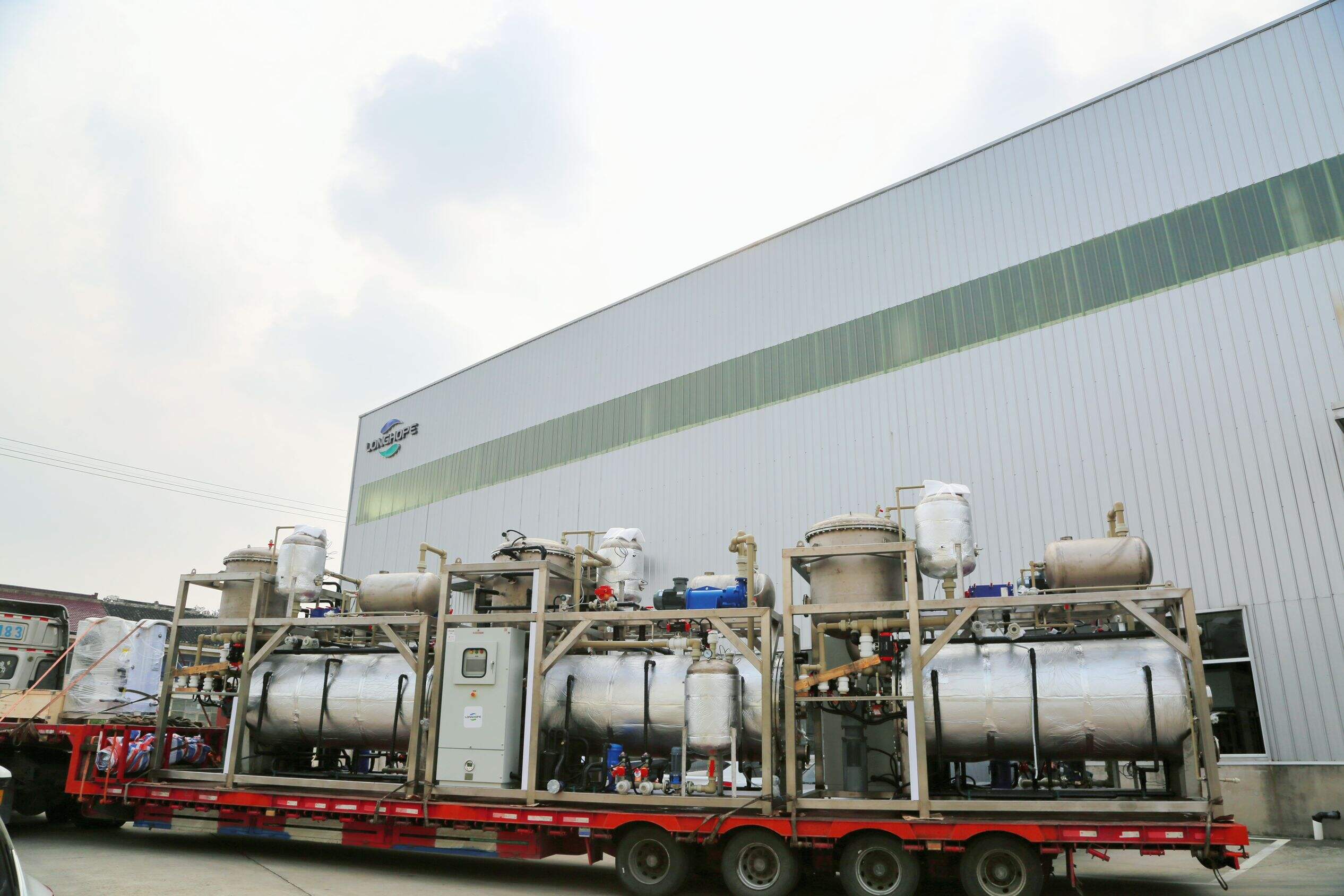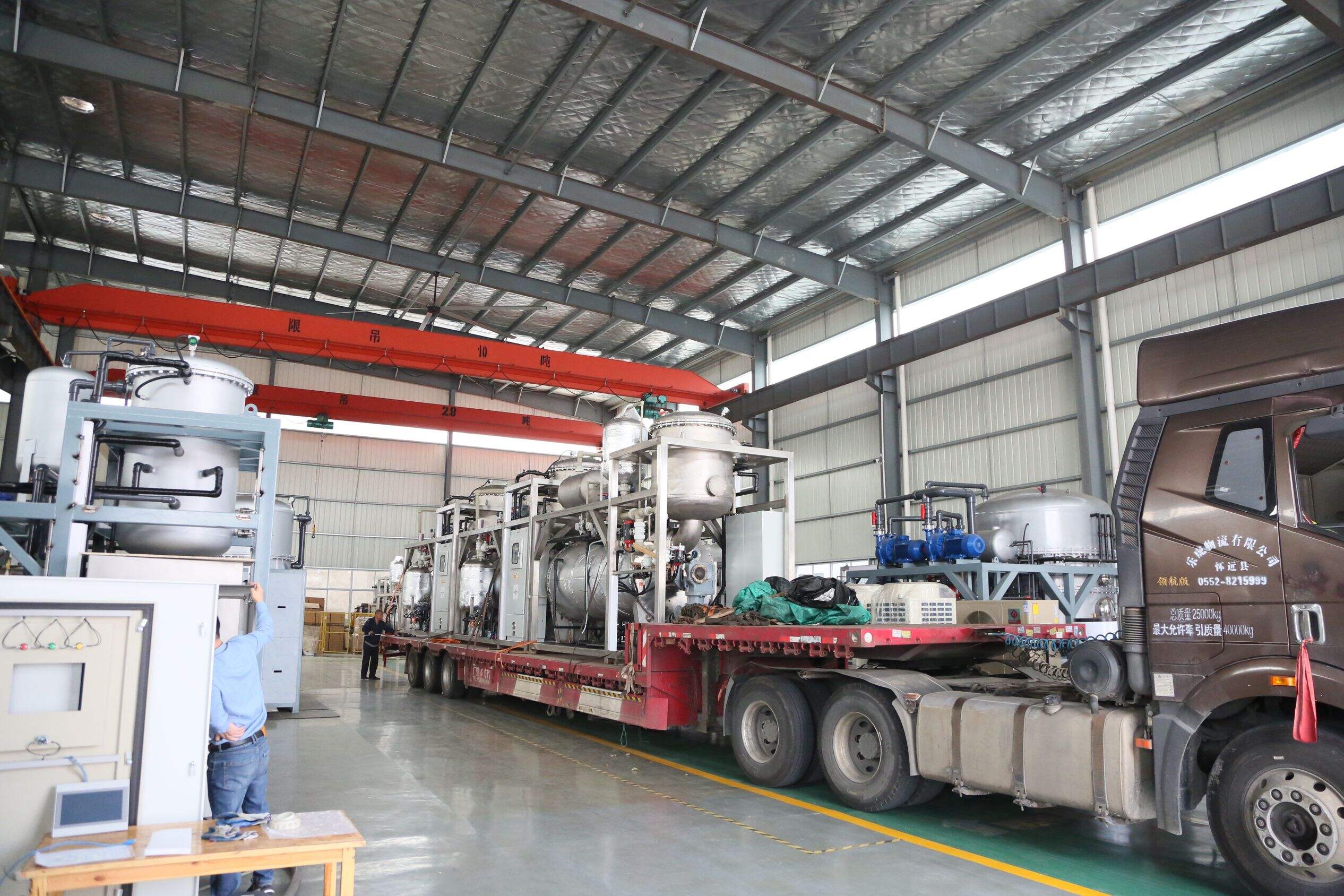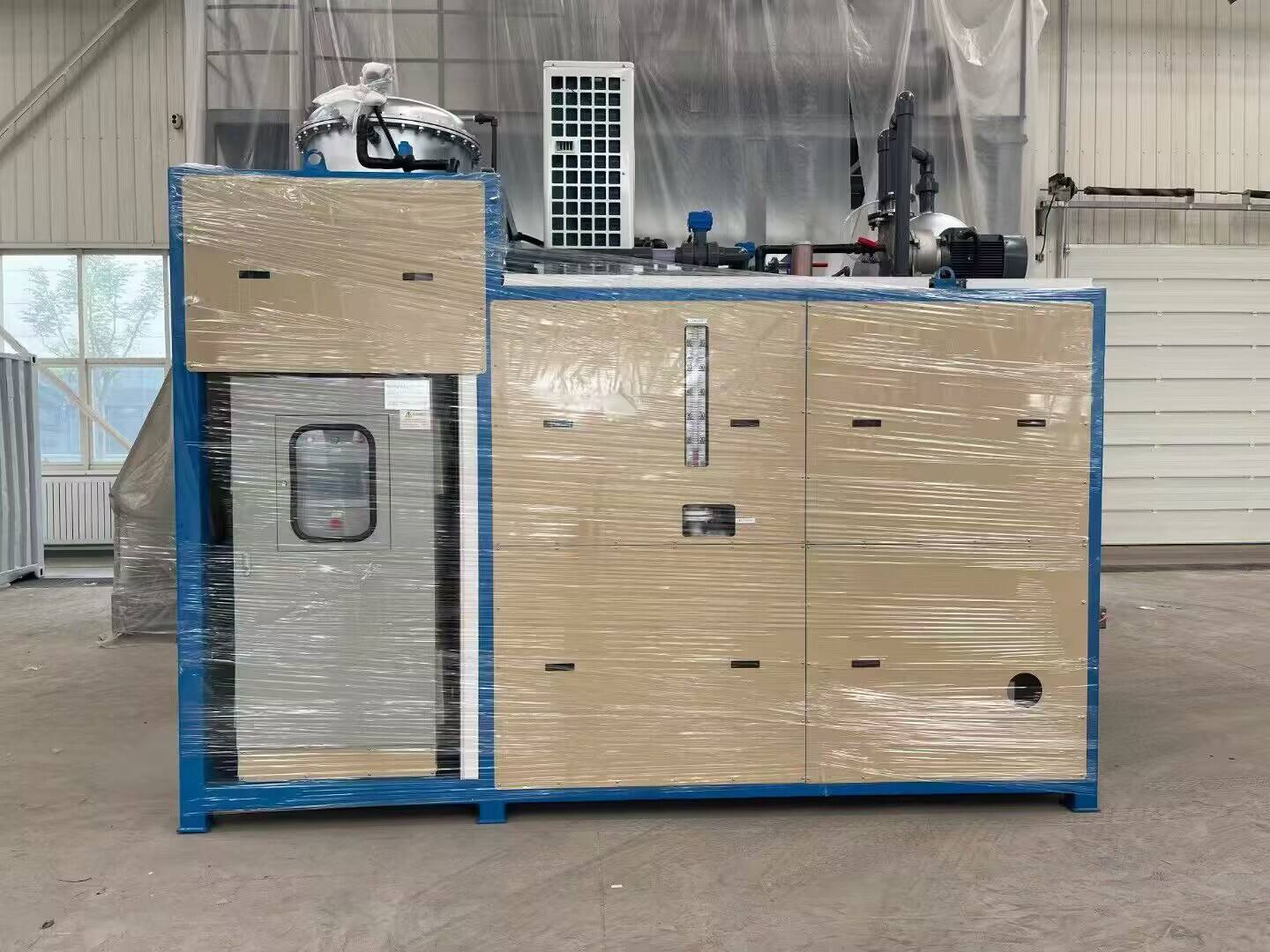sewage treatment equipment
Sewage treatment equipment represents a crucial technological solution for managing and purifying wastewater from various sources. This advanced system employs a combination of physical, chemical, and biological processes to transform contaminated water into environmentally safe effluent. The equipment typically consists of several key components, including primary settling tanks, aeration chambers, biological reactors, and final clarifiers. These components work in harmony to remove contaminants, suspended solids, organic matter, and harmful bacteria from wastewater. The primary treatment stage involves mechanical processes to remove large debris and suspended solids. Secondary treatment utilizes biological processes where microorganisms break down organic compounds. Advanced treatment stages may include nutrient removal, disinfection, and final polishing. Modern sewage treatment equipment incorporates automated control systems, energy-efficient motors, and smart monitoring capabilities to ensure optimal performance and compliance with environmental regulations. The equipment is designed to handle varying flow rates and load conditions, making it suitable for both municipal and industrial applications. With customizable capacity options, these systems can be scaled to meet the needs of small communities or large urban centers.


